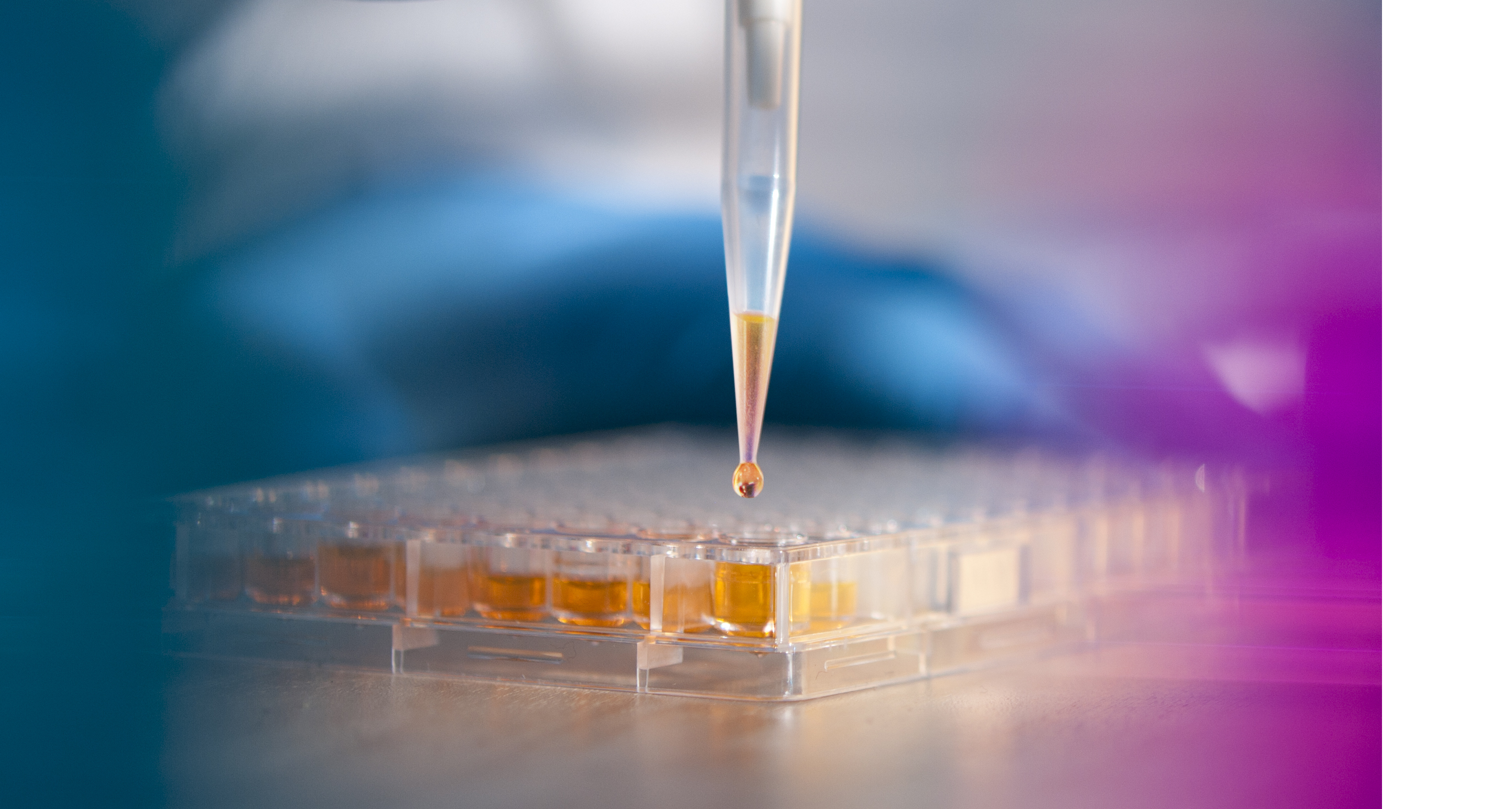ELISA Troubleshooting
ELISA Troubleshooting Guide

Please find below a list of the most common issues encountered when carrying out Enzyme-linked immunosorbent assays (ELISAs).
| Problem | Cause | Solution |
| 1. High standard OD readings | a. Volume of standard diluent used less than required for reconstitution. | a. Reconstitute the standard using the correct volume noted in the manual. Mix thoroughly ensuring powder has dissolved. |
| b. Incubation period too long. | b. Decrease the incubation period. | |
| c. Incubation of detection antibody too long. | c. Decrease the incubation period of detection antibody. | |
| d. Incubation period of substrate solution too long. | d. Decrease the incubation period of the substrate solution. | |
| e. Incubation temperature too high. | e. Incubate at temperature specified in manual using a plate shaker at an appropriate speed. | |
| 2. Low standard OD readings | a. Standard was not sufficiently reconstituted. | a. Reconstitute the standard using the correct volume noted in the manual. Mix thoroughly ensuring powder has dissolved. Allow a longer reconstitution incubation time (for example, at 4°C overnight). |
| b. Standard is degraded. | b. Store and use within expiration date. Analysing straight after reconstitution is recommended. Avoid repeated freeze thaw cycles. | |
| c. Reagents not added to wells correctly, insufficient volumes. | c. Add the correct volume of reagents noted in the manual. Check for any pipetting errors. | |
| d. Incubation period too short. | d. Increase the incubation period. | |
| e. Incubation of detection antibody too short. | e. Increase the incubation period of detection antibody. | |
| f. Incubation period of substrate solution too short. | f. Increase the incubation period of the substrate solution. | |
| g. Incubation temperature too low, agitation on plate shaker too low. | g. Incubate at temperature specified in manual using a plate shaker at an appropriate speed. | |
| 3. High variation in sample or standard OD readings | a. Non homogeneous samples. | a. Thoroughly mix samples using a pipette. |
| b. Samples may have interfering proteins. | b. Remove any particulate matter by centrifugation. Use of buffers to prevent matrix effect. Further dilution of samples to reduce any potential interference. | |
| c. Cross well contamination. | c. Use of new pipette tips when adding new reagents or samples. Ensure pipette tips do not touch wells. Check plate sealers do not have any excess reagent on them. | |
| d. Pipetting error. | d. Ensure pipettes are calibrated correctly, checking regularly. Use of multichannel pipettes to reduce variation. Ensure pipette tips are secure and in place, introducing no bubbles when taking up reagent. Make sure all liquid is removed when expelled. | |
| e. Insufficient plate washing. | e. Use of an automated plate washer. Make sure all wells are sufficiently washed and all reagents removed. | |
| f. Insufficient plate agitation. | f. Use of plate shaker during incubation steps. Adequate speed that does not cause splashing. | |
| g. Edge effect | g. Ensure reagents bought to room temperature before use. Ensure plate temperature is consistent across the plate. | |
| 4. Sample readings are not within range | a. Concentration of analyte within sample is too low for detection. | a. Higher volume of sample may be required. Sample requires a smaller dilution series. Analyte may not be present in the sample type chosen, check localisation and average concentration usually detected. Hook effect, causing false negative response, further dilution of sample required. |
| b. Concentration of analyte within samples is higher than highest standard point. | b. Further dilution of sample required. Use of serial dilutions. Check for interfering proteins, matrix effect. Use of matrix effect buffers. | |
| 5. Low sample readings | a. Sample may have degraded. | a. Use of fresh samples is recommended. For stored samples aliquot to working concentration and freeze, avoid repeated freeze thaw cycles. |
| b. Excess washing. | b. Wash plates 3-5 times. | |
| c. Wells left to dry out. | c. Ensure wells are not left without reagent or wash solution for extended periods. | |
| d. Reagents used straight from fridge. | d. Bring reagents to room temperature before use. | |
| e. Delay in reading plate. | e. Read plate straight after addition of stop solution. | |
| f. Incorrect wavelength used. | f. Set machine to wavelength stated in the manual. | |
| g. Kit expired. | g. Use kit within expiration date. | |
| 6. High background signal | a. Insufficient plate washing. | a. Increase number of wash steps.Increase soaking time between wash steps. |
| b. Contaminated wells. | b. Use plate sealer provided when incubating.Use multichannel pipettes, ensuring they do not touch the wells. | |
| c. Contaminated TMB substrate solution.d. Matrix has endogenous analyte or interference. | c. TMB substrate solution should be clear in appearance before adding to the wells. Ensuring it is not exposed to light before use.d. Check the matrix ingredients for any potential interference. | |
| 7. No signal | a. No detection antibody was added, or insufficient volume added. | a. Add the correct volume of detection antibody noted in the manual. |
| b. No substrate solution was added. | b. Add the correct volume of substrate solution noted in the manual. |
